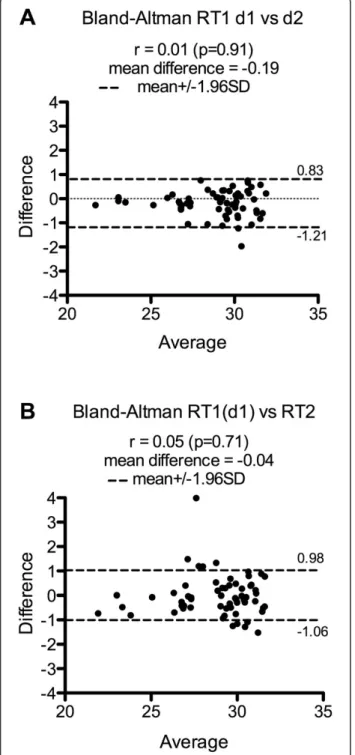Comparison of different extraction techniques to profile microRNAs from human sera and peripheral blood mononuclear cells
Texte intégral
Figure




Documents relatifs
– tap the tube gently to dislodge the total RNA-enriched pellet into the buffer, – resuspend the RNA-enriched pellet by repeatedly passing it through a pipette, – incubate the
This protocol can be used with both adherent and suspension cell cultures, and the extraction of metabolites from cellular medium is also detailed, so that cellular uptake and
(C) Subnetwork of the signal propagation from the H1047R mutant to HER3, extracted from the signaling network of this mutant obtained from the quantitative phosphoproteomic
The aim of the present study was to optimize a cell culture protocol (including quantity of cells, culture duration, and positive control) to obtain reproducible cytokine and
The analysis and discussion focuses on three research questions: (i) What range of plausible futures for nature and its contributions to people in Europe and
In ex vivo blood vessels and in vivo an experimental model of metabolic syndrome with HFpEF, the treatment of ZSF1 rats with the SGLT2 inhibitor empagliflozin improved heart
Our results demonstrate that the gene expression of CD200R, F13A1, TGF, AMAC1, CD163 and MR, all established markers for the alternative differentiation, was
A IL-17A and IL-22 production by activated peripheral blood mononuclear cells from 6 nonallergic (NA) subjects and 6 allergic asthmatic (AA) patients stimulated or not with SRM or
